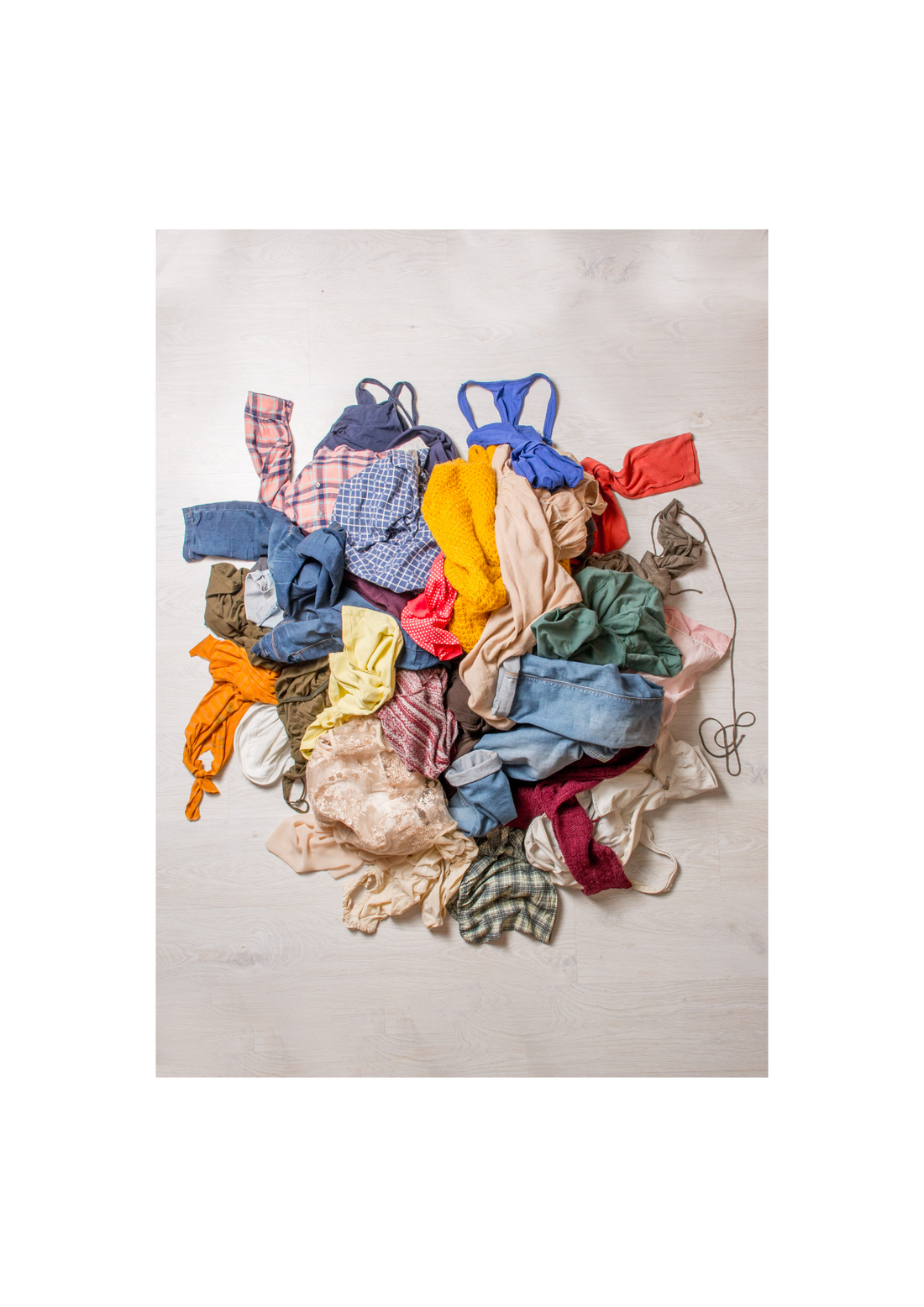
The Problem with Fast Fashion: A Call for Sustainable Change Through Sewing
In today’s world, fast fashion has become a dominant force in the clothing industry. With retailers churning out trendy garments at breakneck speed and incredibly low prices, it has conditioned us to view clothing as disposable. We buy more, wear it a few times, and then discard it, contributing to a cycle of waste that harms our planet. In the UK alone, an estimated 1.1 million tonnes of textile waste are produced each year—a staggering figure that underscores the urgent need for a more sustainable approach to fashion.
The Impact of Fast Fashion
Fast fashion thrives on rapid production cycles, designed to capitalize on fleeting trends. This approach not only encourages overconsumption but also leads to significant environmental damage. The production of cheap clothing involves extensive use of resources: water, energy, and labor. It often comes at the expense of ethical practices, with workers facing poor conditions and minimal pay.
Additionally, the environmental toll doesn’t stop at production. Once discarded, textiles contribute to overflowing landfills, where they can take decades to decompose. The chemicals used in dyeing and treating fabrics can leach into the soil and waterways, posing serious health risks to communities and wildlife.
Reimagining Our Relationship with Clothing
To combat the issues associated with fast fashion, we need to rethink our relationship with clothing. Instilling a sense of ownership and value in our garments is crucial, and one powerful way to achieve this is through learning to sew.
Sewing empowers individuals to take control of their wardrobes. By learning this skill, we can repair and repurpose our clothing instead of discarding it at the first sign of wear or boredom. Sewing fosters creativity and self-expression, allowing us to design and create pieces that reflect our personal style rather than succumbing to fleeting trends.
The Benefits of Sewing Skills
1. Repair and Upcycle: Basic sewing skills enable us to fix minor issues like hems, seams, or missing buttons. Instead of throwing away a damaged item, we can give it a new life through simple repairs or upcycling projects, transforming old clothes into something fresh and unique.
2. Customization: Sewing allows for customization, meaning we can adjust fit and style to suit our preferences. This personal touch makes garments more meaningful and reduces the desire to buy new clothes to meet changing tastes.
3. Quality over Quantity: Learning to sew encourages us to prioritize quality in our clothing. By creating or mending garments, we become more discerning consumers, choosing materials and designs that will stand the test of time rather than succumbing to the lure of cheap, low-quality items.
4. Creativity and Mindfulness: Sewing can be a meditative practice, offering a break from the fast-paced world. Engaging in this craft allows us to slow down, be present, and appreciate the time and effort that goes into creating our clothing.
Taking Action: How to Start Sewing
If you’re inspired to take action against fast fashion, here are some steps to get started with sewing:
• Join a Local Class: Many community centers and fabric shops offer sewing classes for all skill levels. This is a great way to learn the basics, meet like-minded individuals, and get hands-on experience.
• Utilize Online Resources: There are countless tutorials, videos, and sewing blogs available online that can help you get started. Platforms like YouTube and Pinterest are treasure troves of sewing inspiration and guidance.
• Start Small: If you’re a complete beginner, start with small projects like pillowcases, tote bags, or simple alterations. These projects can help you build confidence and skills without being overwhelming.
• Engage in Community Swaps: Organizing or participating in clothing swaps can encourage a culture of sharing and upcycling, where people exchange garments instead of discarding them.
Conclusion: Sewing as a Path to Sustainable Fashion
The challenges posed by fast fashion are significant, but they are not insurmountable. By learning to sew, we can reclaim our agency over our clothing choices and cultivate a more sustainable approach to fashion. Sewing not only fosters creativity and self-expression but also encourages mindfulness and responsibility in our consumption habits.
Together, let’s challenge the status quo of fast fashion by embracing sewing as a valuable skill. By doing so, we can contribute to a more sustainable future, where our clothing is not just a fleeting trend but a meaningful part of our lives.
What steps are you taking to combat fast fashion in your own life? Share your thoughts and experiences in the comments below!